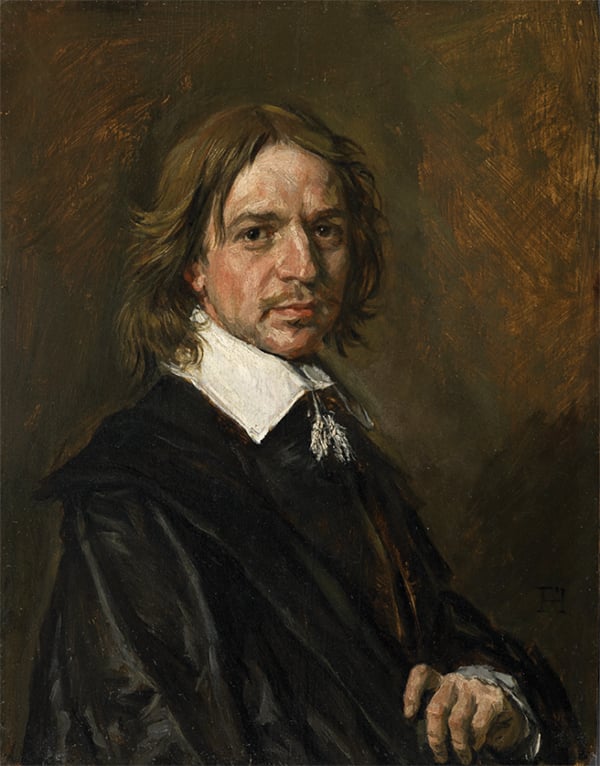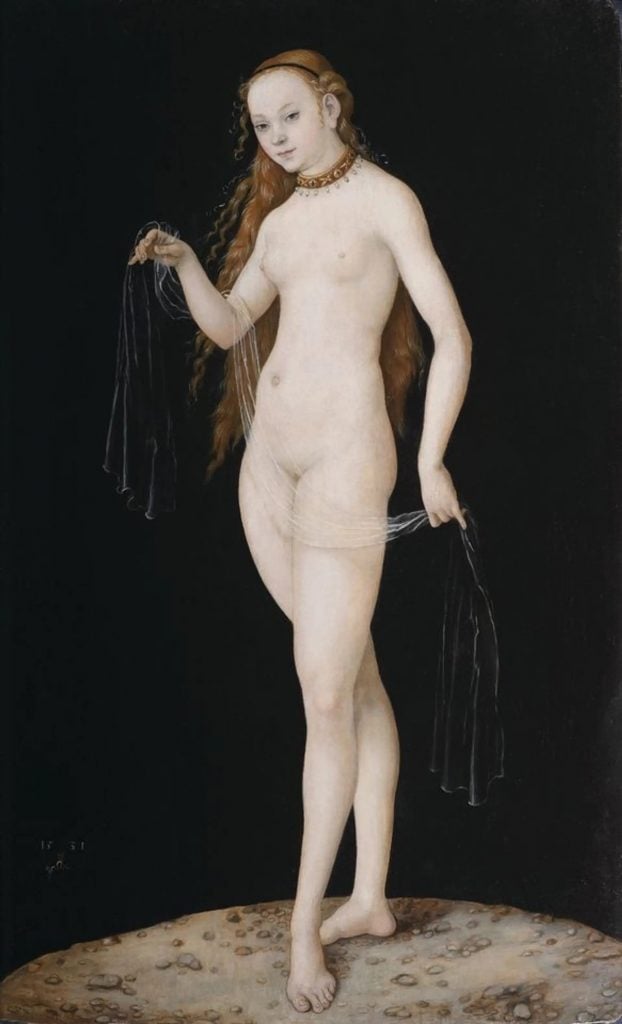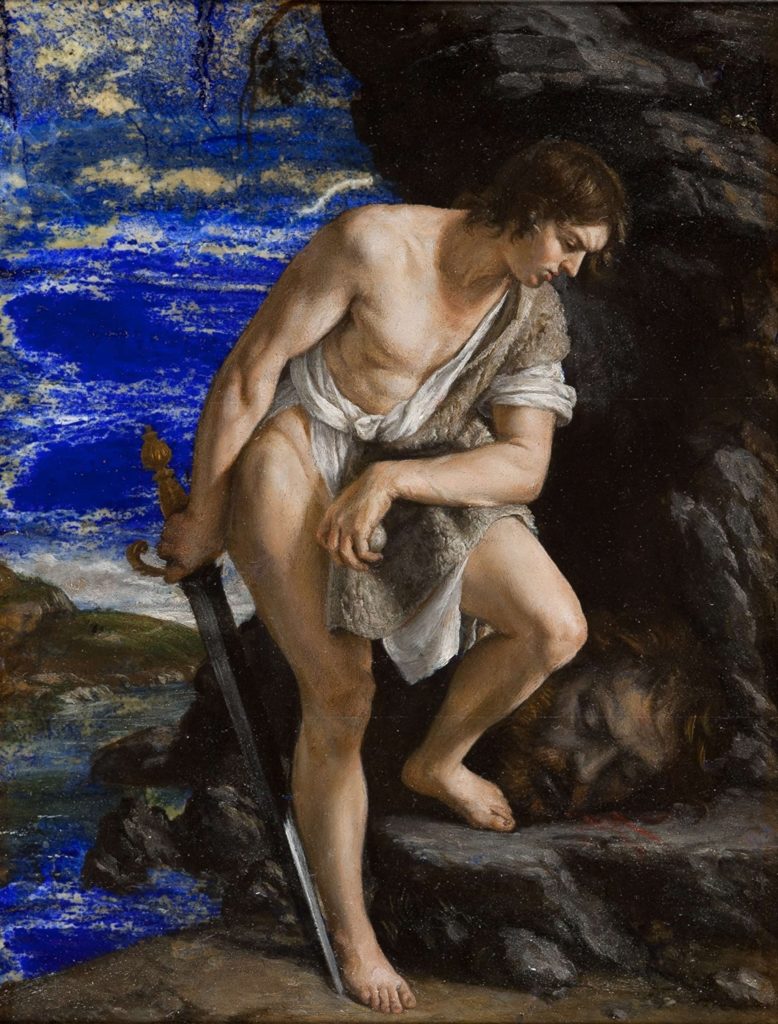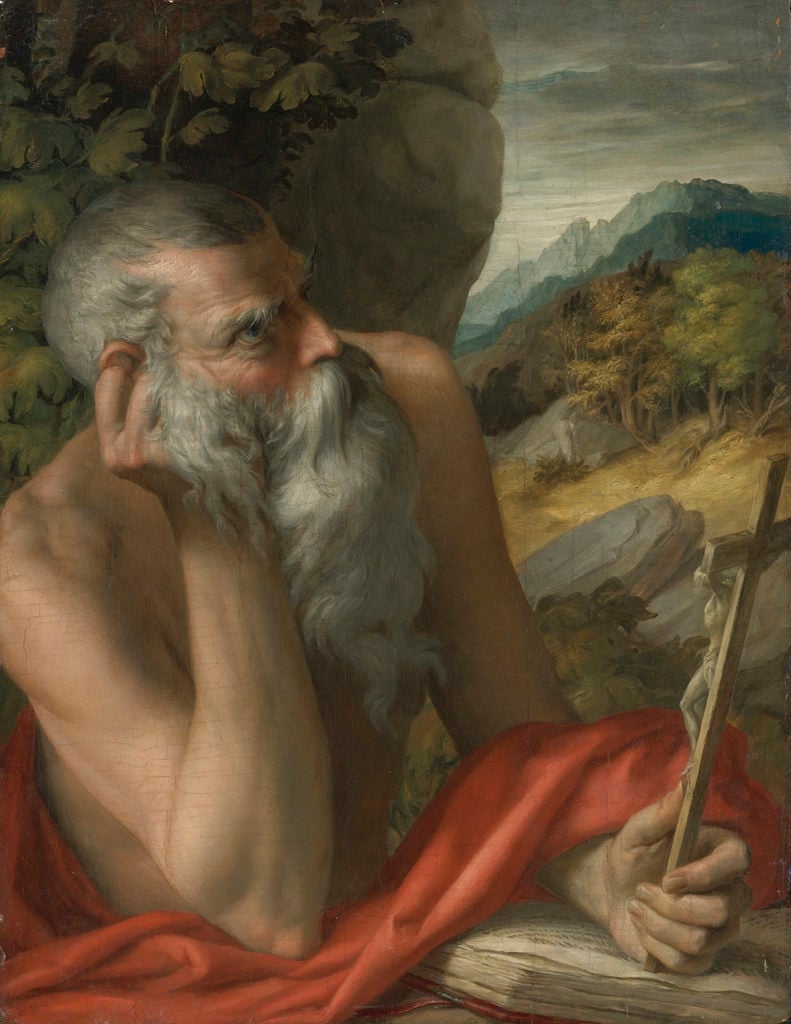Law & Politics
Suspected $255 Million Old Master Forgery Scandal Continues to Rock the Art World
Can we still count on the judgment of experts?

Can we still count on the judgment of experts?

Sarah Cascone

More details have come to light regarding a suspected Old Mastery forgery scandal that may encompass some €200 million ($255 million) in fake canvases. It would appear that some of the world’s foremost experts on authentication have been taken in, casting doubt on connoisseurship and forensic analysis alike.
The most recent development has Sotheby’s refunding the buyer from a 2011 sale of a purported Frans Hals portrait. The authenticity of that painting was called into question because it came from the same source as a Lucas Cranach the Elder Venus, after the latter was seized by French authorities earlier this year under suspicion it was fake. Little-known French collector-turned-dealer Giulano Ruffini, who was the original seller of both works, has brought to market a suspiciously high number of previously undocumented works attributed to Old Masters.
The Hals refund is all the more concerning given how much press the painting received as a newly discovered treasure in the immediate past. In 2008, the Louvre launched a national campaign to buy the canvas for €5 million ($7.25 million) from Christie’s Paris, declaring it “un trésor national.” The Parisian museum wasn’t acting lightly: the painting had been authenticated after passing a battery of scientific tests conducted by France’s Center for Research and Restoration. At the time, Burlington Magazine called the work “a very important addition to Hals’s oeuvre.”

Lucas Cranach the Elder, Venus (1531). The painting is now believed to be a fake. ©Liechtenstein. The Princely Collections, Vaduz–Vienna.
Though the Louvre’s efforts to secure the work were stymied by the 2008 financial crisis, the painting eventually passed into the hands of London dealer Mark Weiss for just €3 million ($4.2 million). He then arranged for a $10 million private sale through Sotheby’s to an American collector—an almost 150 percent profit, the Art Market Monitor points out.
Nevertheless, it now seems clear the Hals painting’s total lack of provenance should have remained a red flag. This year, concerned by evidence against the Cranach, Sotheby’s turned to Orion Analytical, a Williamstown, Massachusetts-based company which investigates artworks and other cultural property, working with law enforcement to unveil forgeries. New tests found traces of synthetic 20th-century materials during its testing of the painting.
“Orion’s peer-reviewed analyses showed the presence of modern materials used in the painting in a way that meant that it could not have been painted in the 17th century,” said Sotheby’s in a statement.
According to the Art Newspaper, Weiss has yet to repay his 50 percent share of the sale’s proceeds, and is reportedly calling for additional technical analysis on the painting. To date, there is no evidence that Weiss or other dealers and auction houses now caught up in the fakes controversy had any reason to suspect the paintings were not authentic.

Orazio Gentileschi, David Contemplating the Head of Goliath. Courtesy of the Weiss Gallery.
In another case, the Knoedler forgery trial, some of the most damning testimony came from Orion’s founder, James Martin. Should a new Old Mastery forgery ring be as widespread as is now feared—a list of 25 suspect paintings that originated with Ruffini is expected to be released—Martin’s forensic expertise will likely continue to factor as additional works are more closely examined.
And yet, the trained “eye” of the expert continues to carry considerable weight. “Technical examination is a good back-up, but the visual confrontation and identification of Old Masters, however difficult and subjective to taste at times, is still of the utmost importance in old-school connoisseurship,” art dealer Bob Haboldt told the Antiques Trade Gazette.
Long a contentious matter, however, the value and supposed infallibility of connoisseurship may now be called into question. Given that so many experts failed to recognize the Hals and Cranach forgeries, it would seem that “the system upon which the art market relies for determining authenticity is not working,” wrote Bendor Grosvenor on his blog Art History News.

Parmigianino, Saint Jerome. Courtesy of Sotheby’s.
Like the Hals, the suspect Cranach has been tested, and its materials post-date the artist by some 200 years. Additionally, the surface appears to have been artificially aged. Two other works from the now-dubious source of Ruffini, David with the Head of Goliath, supposedly by Orazio Gentileschi, and a St. Jerome attributed to Parmigianino, have been publicly identified as suspect. They were displayed, respectively, at London’s National Gallery and New York’s Metropolitan Museum of Art.
Many more fakes are expected to come to light, and the scope of the forger’s activities, and whether they are ongoing, remains unknown. “Any such ability successfully to mimic the styles of Old Masters as varied as Cranach and Hals would be unprecedented in modern times,” Grosvenor opined in the Financial Times. “Equally skillful is the ability to age these modern creations in such a way as to make them look centuries old.”
With the benefit of hindsight, however, it seems likely the forger’s work will be looked at with a more critical eye. “In the long term this will be treated like the van Meegeren case,” predicted Haboldt. Referring to the notorious 20th-century forger whose works are now held in little esteem, he noted that “afterwards everyone was convinced his imitations and inventions of Vermeer’s ‘early’ style were easily recognizable.”